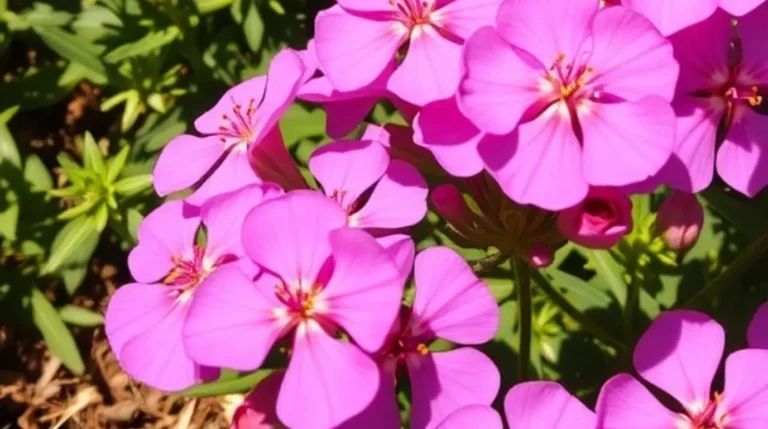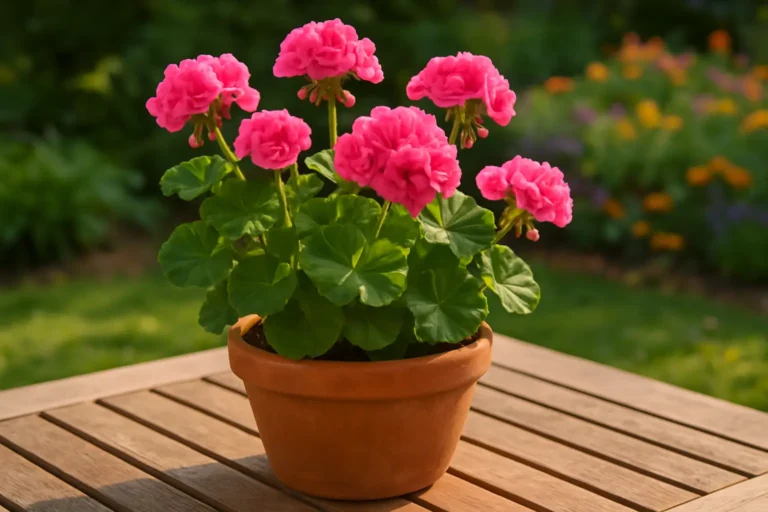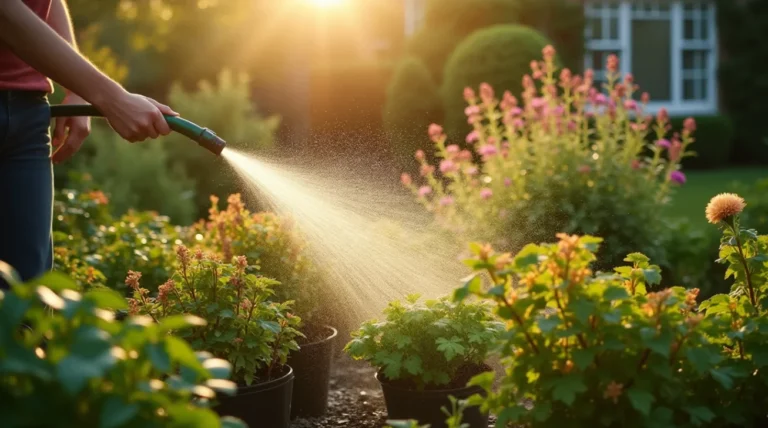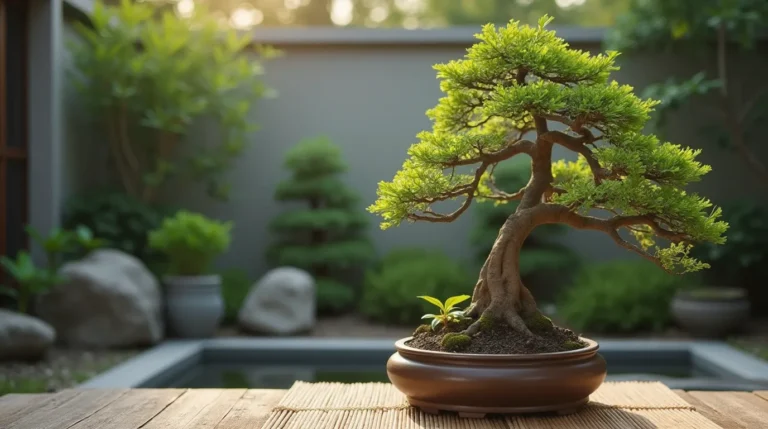Mandarins: How to Grow the Best Citrus in Your Backyard
Table of Contents
Growing mandarins in your home garden can be a rewarding venture that fills your space with the vibrant colors and refreshing scents of citrus. These delightful fruits, known for their sweet flavor and easy-to-peel skin, can thrive with the right care and attention. Whether you are a seasoned citrus gardener or a beginner looking to start your first fruit-bearing tree, understanding the essentials of how to grow mandarins is key. This ultimate guide will walk you through everything from planting mandarins to expert mandarin care tips, ensuring you have all the knowledge needed to cultivate a thriving mandarin tree. Join us as we delve into the world of citrus gardening and discover the joys of caring for mandarins right at home.
Choosing the Right Mandarin Variety

Best Mandarins for Home Gardens
When it comes to selecting the best mandarin varieties for home gardens, a few types stand out due to their adaptability and delicious flavor. The ‘Satsuma’ mandarin is a popular choice, known for its cold tolerance and seedless, sweet fruit. Another excellent option is the ‘Clementine’ mandarin, beloved for its easy-to-peel skin and juicy segments. For those in warmer climates, the ‘Dancy’ mandarin offers a rich, tangy taste and grows well in such conditions. Additionally, ‘Honey’ mandarins, also known as ‘Murcotts,’ provide a unique, sweet flavor that appeals to many home gardeners. Each of these varieties brings a distinct feature to your garden, making citrus gardening a delightful experience. By choosing the right variety, you can ensure successful mandarin tree growth and enjoy a bountiful harvest of fresh, homegrown mandarins.
Factors to Consider When Choosing
Selecting the right mandarin variety for your home garden involves several important factors. The climate is a primary consideration, as some mandarins, like ‘Satsuma’, are more cold-tolerant, while others, such as ‘Dancy’, thrive in warmer regions. Additionally, consider the space you have available; dwarf varieties can be ideal for smaller gardens or container growing. Taste preference also plays a crucial role; some gardeners prefer the sweet flavor of ‘Clementines’ while others might opt for the unique taste of ‘Honey’ mandarins. Another factor is the maintenance level; some varieties may require more pruning or pest management than others. Finally, think about the tree’s growth habits and how they fit into your garden’s design. By assessing these aspects, you can make an informed decision that aligns with your gardening goals and conditions, ensuring successful mandarin tree growth.
Planting Mandarins in Your Garden

Preparing the Soil
Preparing the soil is a critical step in ensuring healthy mandarin tree growth. Start by selecting a well-draining soil, as mandarins are susceptible to root rot in waterlogged conditions. Sandy loam soils are ideal, but if your garden soil is heavy clay, consider amending it with organic matter such as compost or well-rotted manure to improve drainage and fertility. Check the soil pH, targeting a slightly acidic to neutral range of 6.0 to 7.0. If adjustments are needed, use lime to increase the pH or sulfur to decrease it. Clear the planting area of any weeds and debris to minimize competition for nutrients. Dig a hole twice the width of the root ball and slightly shallower than its height to encourage proper root spread and stability. By taking these steps, you create a conducive environment for your mandarin tree to thrive and produce abundant, flavorful fruit.
Planting Techniques
When planting mandarins, proper techniques are essential for establishing a healthy tree. Begin by gently removing the mandarin tree from its nursery container, taking care not to damage the roots. If the roots are circling the container, tease them out to encourage outward growth. Place the tree in the prepared hole, ensuring that the root ball sits slightly above ground level to prevent waterlogging. Refill the hole with the amended soil, gently pressing it around the roots to remove any air pockets. Water the tree thoroughly to settle the soil and provide initial moisture. Mulch around the base with organic material such as bark chips or straw, leaving a gap around the trunk to prevent rot. This mulch helps retain soil moisture and suppress weeds. By following these planting techniques, you set the stage for robust mandarin tree growth and a fruitful harvest.
Optimal Planting Times
Timing your mandarin planting correctly is crucial for ensuring healthy growth and development. The best time to plant mandarins is during the early spring after the last frost has passed. This timing allows the tree to establish roots before the heat of summer sets in, supporting better mandarin tree growth. In warmer climates where frost is less of a concern, late winter can also be a suitable planting time. Avoid planting during the peak summer months when extreme heat can stress newly planted trees. Similarly, refrain from planting during late fall or winter to prevent frost damage to young roots. By adhering to optimal planting times, you give your mandarin tree the best start, allowing it to acclimate to its environment and prepare for a productive growing season. Proper timing is a vital aspect of successful citrus gardening, ensuring your home garden thrives with vibrant mandarin trees.
Mandarin Care Tips for Healthy Growth
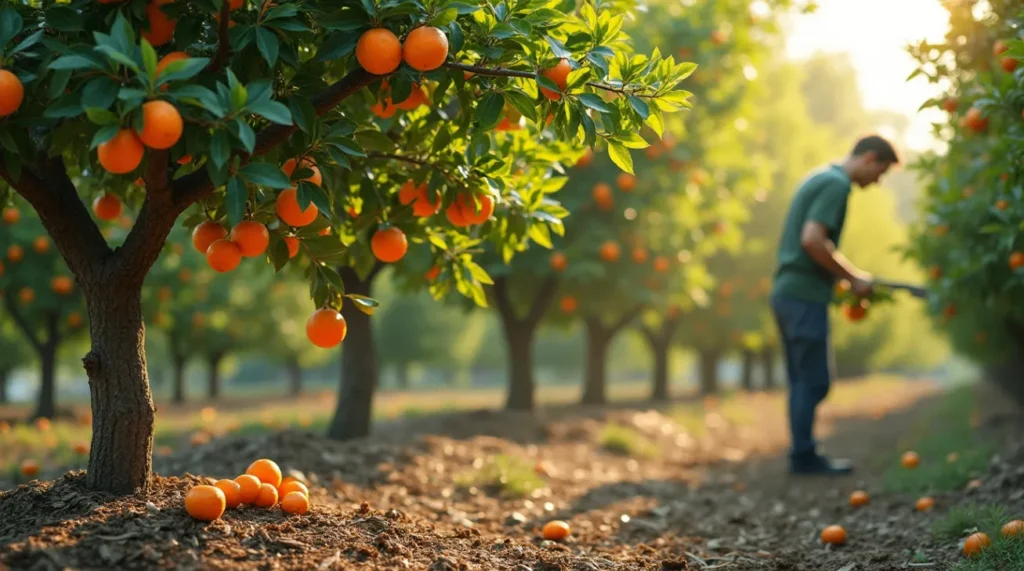
Watering and Fertilizing Mandarins
Proper watering and fertilizing are key components of caring for mandarins and ensuring healthy tree growth. Mandarins require consistent moisture, particularly during the first few years of growth. Water deeply once or twice a week, depending on weather conditions and soil type, to encourage deep root development. Take care to avoid excessive watering, as it can result in root rot and damage the tree’s health. During dry spells, increase watering frequency to keep the soil evenly moist.
Fertilizing mandarins is equally important. Use a balanced citrus fertilizer that contains essential nutrients like nitrogen, phosphorus, and potassium, along with micronutrients such as magnesium and iron. Apply fertilizer three times a year: in early spring, mid-summer, and early fall. Adhere to the manufacturer’s guidelines for the proper dosage. Mulch around the base of the tree to help retain moisture and provide additional nutrients as it decomposes. With proper watering and fertilizing, your mandarin tree will thrive and produce an abundant harvest.
Pruning and Shaping Your Tree
Pruning and shaping are essential tasks in mandarin care that promote healthy growth and improve fruit quality. Begin by pruning your tree in late winter or early spring, before new growth emerges. Prune away any dead, diseased, or damaged branches to keep the tree healthy. Thin out the canopy to improve air circulation and light penetration, which helps reduce the risk of fungal diseases and promotes even ripening of fruit.
When shaping your mandarin tree, focus on forming a strong, open structure. Select three to four main branches to serve as the primary scaffold of the tree, allowing for balanced growth and easy access for maintenance and harvesting. Regularly remove any suckers that emerge from the base of the tree or from the trunk, as they can divert energy from fruit production.
By systematically pruning and shaping your mandarin tree, you encourage robust growth and ensure a productive citrus gardening experience.
Pest and Disease Management
Effective pest and disease management is crucial for maintaining the health of your mandarin tree and ensuring a bountiful harvest. Common pests affecting mandarins include aphids, spider mites, and citrus leaf miners. Regularly inspect your tree for signs of infestation, such as distorted leaves or webbing. Employ natural remedies like neem oil or insecticidal soap to manage minor infestations. For more severe cases, consider introducing beneficial insects like ladybugs to help control pest populations.
Diseases such as citrus canker and root rot can also threaten mandarin trees. Ensure proper air circulation by pruning and monitoring soil drainage to prevent root rot. Quickly remove and dispose of infected plant material to help prevent the spread of disease. Maintaining overall tree health through adequate watering, fertilizing, and pruning strengthens the tree’s natural defenses against pests and diseases. By staying vigilant and addressing issues promptly, you can effectively manage pests and diseases, promoting a thriving mandarin tree.


